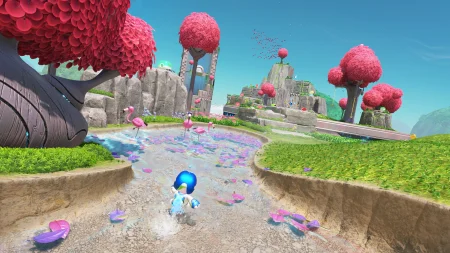Common Sense Isn’t Always So Common
Astro Bot, the latest PlayStation 5 exclusive, has taken the gaming world by storm since its release earlier this month. It has received rave reviews, with some already crowning it 2024’s Game of the Year. The title’s success felt guaranteed the minute Sony unveiled it in a State of Play presentation earlier this year, and it has absolutely lived up to the hype. Everyone thought it would be great, and most would agree that the final product is, in fact, great.
So why aren’t games like Astro Bot more common?
I’m not asking why AAA studios don’t make more 3D platformers or more “joyful” games, nor am I asking why major platform holders don’t toy with nostalgia more. Astro Bot is, to be clear, a joyful 3D platformer with tons of references to PlayStation games and tech from every possible era, but it goes a step further, centering the gameplay experience around actual play over all else. The game features tons of optional collectibles that reward player curiosity, offers mountains of unlockable bonus content that contains unique challenges, and takes full advantage of the wide range of rumble possibilities found in the PS5’s DualSense controller, including motion controls. It makes perfect sense that a game in the style and genre of Astro Bot would succeed at all of the above, but why don’t other AAA behemoths take a similar route?
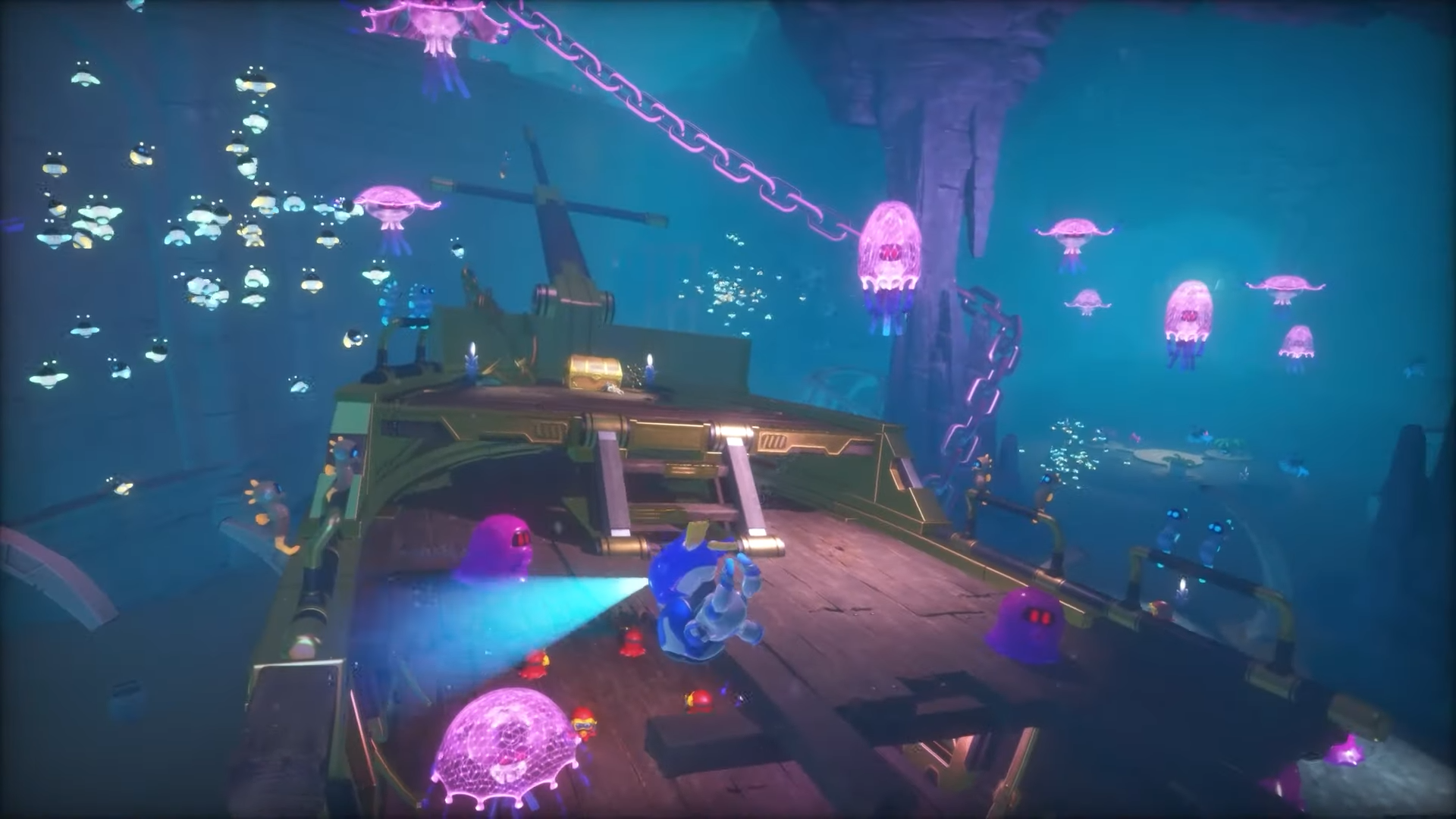
Astro Bot isn’t just about timing jumps, beating up baddies, collecting coins, and searching for secrets. It constantly asks the player to think about the circumstances of each level and how they can make the most of their place in it. In one case, you can access a secret exit by deliberately not attacking a certain enemy. In another, you can find extra secret coins simply by jumping on top of flowers that appear to serve no other purpose—they exist, to an extent, just to see if you’ll actually jump on top of them. Moreover, many levels contain piles of tiny objects—such as apples, gems, or gold rocks—just to see if the player will enjoy frolicking through them (and feeling each individual item through the DualSense controller).
That, more than anything else, has driven the excitement around Astro Bot: It’s a game you are always playing, not just watching or admiring. It encourages the player to tinker with every object, search every nook and cranny, and ask themselves “What happens if I do this?” immediately before seeing if, well, they can. Even when there isn’t a clear reward for action or exploration, it’s still worth it just for the fun of it. The game excels in these moments, and such moments present themselves at nearly every turn.
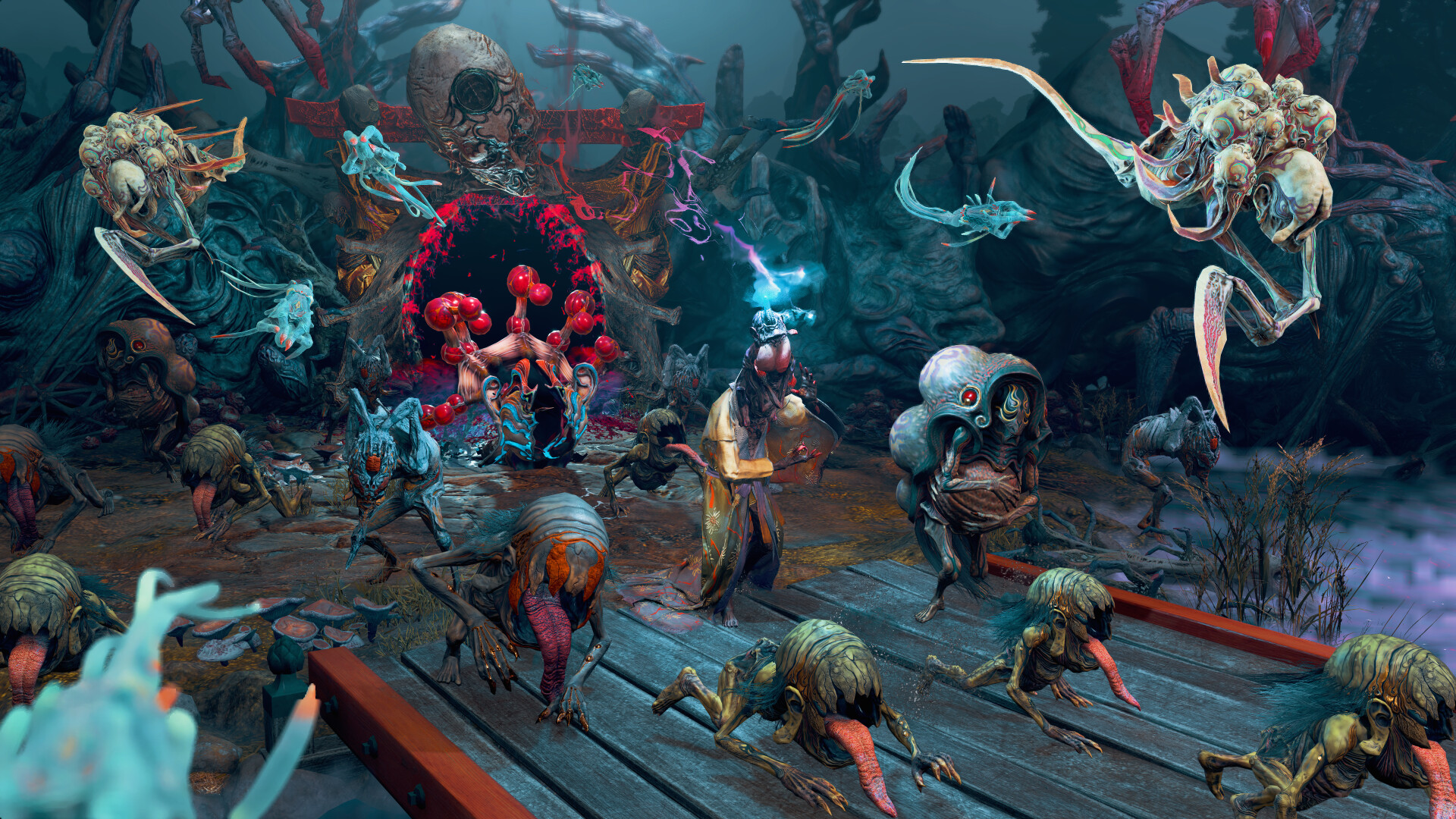
Not Just Astro Bot…
I had a similar thought this past summer playing Capcom’s out-of-nowhere mid-budget hit Kunitsu-Gami: Path of the Goddess, a solid action-strategy game that combines familiar concepts with novel challenges. In the game, the player inhabits a katana-wielding warrior who must guide the divine maiden Yoshiro as she purifies small Japanese villages of their demonic presence. At night, however, the player must fight back against swarms of demons seeking to harm Yoshiro, while commanding rescued villagers (who can occupy a number of different jobs and roles) to defend her as well. During the day, the player can command villagers to rebuild their villages in exchange for various bonus rewards. Kunitsu-Gami is part sword action, part cozy, and part tower defense game.
More notably, however, Kunitsu-Gami doesn’t concern itself much with narrative complexity. The game explains the rules and tasks to the player, and the player then determines the best path toward victory, which requires a blend of skill and tactical acumen. There’s a clear setting and set of goals, but very little attention is paid to plot or characters, with every cutscene and lore drop largely existing to explain new gameplay developments. It’s a damn video game, with all the visual and sonic flair of a Horizon Zero Dawn or God of War but centered almost entirely on the minute-to-minute gameplay experience, and it offers the player a wide berth of different approaches and play styles to experiment with constantly.

Not That There’s Anything Wrong With That… Necessarily
This is where I want to be crystal clear about something: I am NOT saying that video games are better off as pure mechanical experiences, and I certainly do NOT believe that games that prioritize narrative elements over mechanical ones are inherently inferior. There’s room for all kinds of games, and the best years of gaming—at least the ones I’ve experienced for myself—present an exciting balance of genres and design philosophies. (I also don’t think that a lack of a detailed plot or lore exonerates a game from scrutiny around its themes and imagery.)
It just feels like—at least in the AAA space in recent years—big-budget titles that focus on playfulness first and foremost have become more of a rarity than ever. The Witcher 3: Wild Hunt’s approach to open-world design absolutely blew me away when I first played it, but now every other major AAA open-world game feels exactly the same (but worse). Games like Uncharted and Assassin’s Creed used to release alongside a new Rock Band or Tony Hawk’s Pro Skater back in the mid-to-late aughts. Even God of War: Ragnarok, one of the better recent examples of the “playable movie” archetype, released the same exact year as Horizon Forbidden West, another highly cinematic, narratively linear experience.
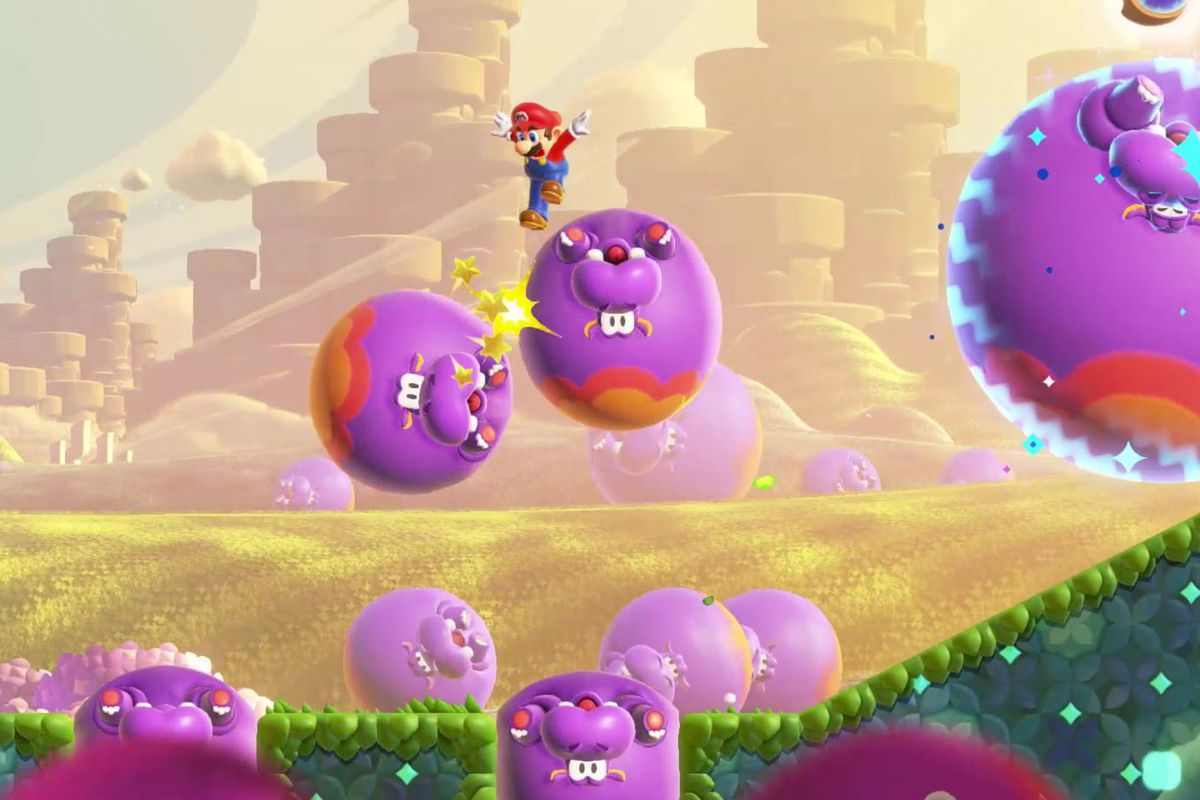
Obviously, Nintendo still comes out with a new Mario or Kirby game every other year, and RPGs like Baldur’s Gate 3 and Dragon’s Dogma 2 push the boundaries of their respective genres in unique and interesting ways. Some of the biggest hits of the past few years, including Elden Ring and The Legend of Zelda: Tears of the Kingdom, place a premium on player choice and experimentation. Plus, hundreds of cool indies come out every year that try out wild and kooky ideas that you’d never see in major blockbusters.
That said, while I’m not so blinded by nostalgia that I would arrogantly declare the gaming of years past to be inherently superior to what we have now, there certainly used to be more variety, at least from the top game makers. An experience like Astro Bot might not have seemed quite as exciting had it launched in 2008, 2003, or 1998, but it absolutely feels like a breath of fresh air now considering how few big-budget, high-quality games of its ilk come out these days. I understand the myriad explanations for why that is (AAA development cycles are longer than ever; sales of games like Astro Bot pale in comparison to, say, Call of Duty; 3D platformers tend not to have microtransactions or live-service elements), but it still feels fair to expect better from an industry that seems hell-bent on investing billions of dollars in massive projects that are mechanically indistinguishable from one another and not in any way guaranteed to sell well.
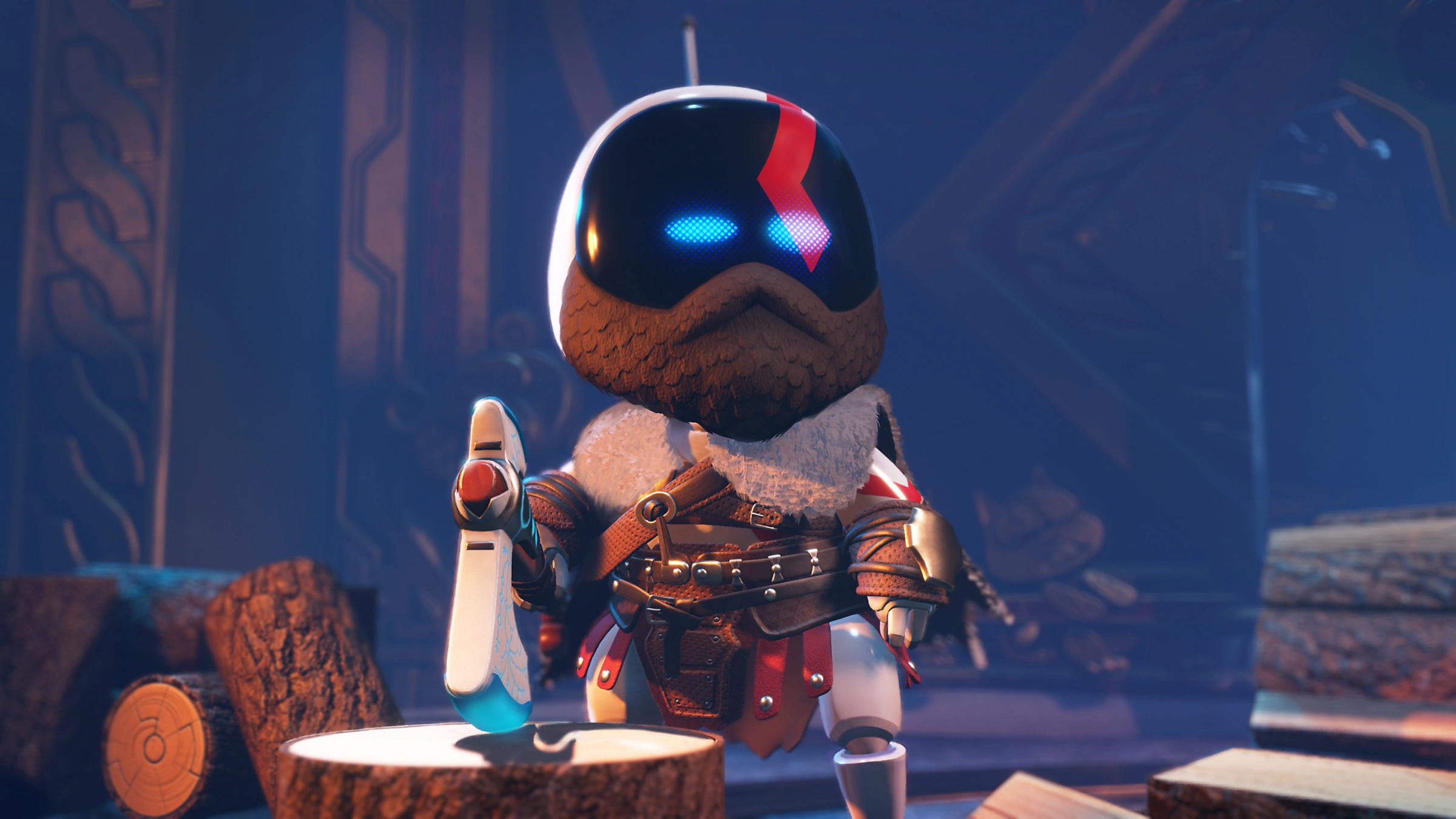
Rambling On
Honestly, most of this Game Diary entry is just rambling, but I do genuinely wonder what it says about the current state of the industry when something like Astro Bot comes along and finds immediate acclaim. Is this actually what everyone wants? If so, why doesn’t every major publisher release one or two games like it every console generation? Why does it feel like such a breath of fresh air when a single-player video game actually feels like a game? How much of the praise Astro Bot has received is rooted in nostalgia?
I haven’t found a satisfying answer to any of these questions, and I’m not certain I ever will (or if I even want the answers). In the meantime, I’ll just keep playing around in Astro Bot.
For more on Sony’s platforming gem, check out our piece on the best Astro Bot levels.
Sam has been playing video games since his earliest years and has been writing about them since 2016. He’s a big fan of Nintendo games and complaining about The Last of Us Part II. You either agree wholeheartedly with his opinions or despise them. There is no in between.
A lifelong New Yorker, Sam views gaming as far more than a silly little pastime, and hopes though critical analysis and in-depth reviews to better understand the medium's artistic merit.
Twitter: @sam_martinelli.








